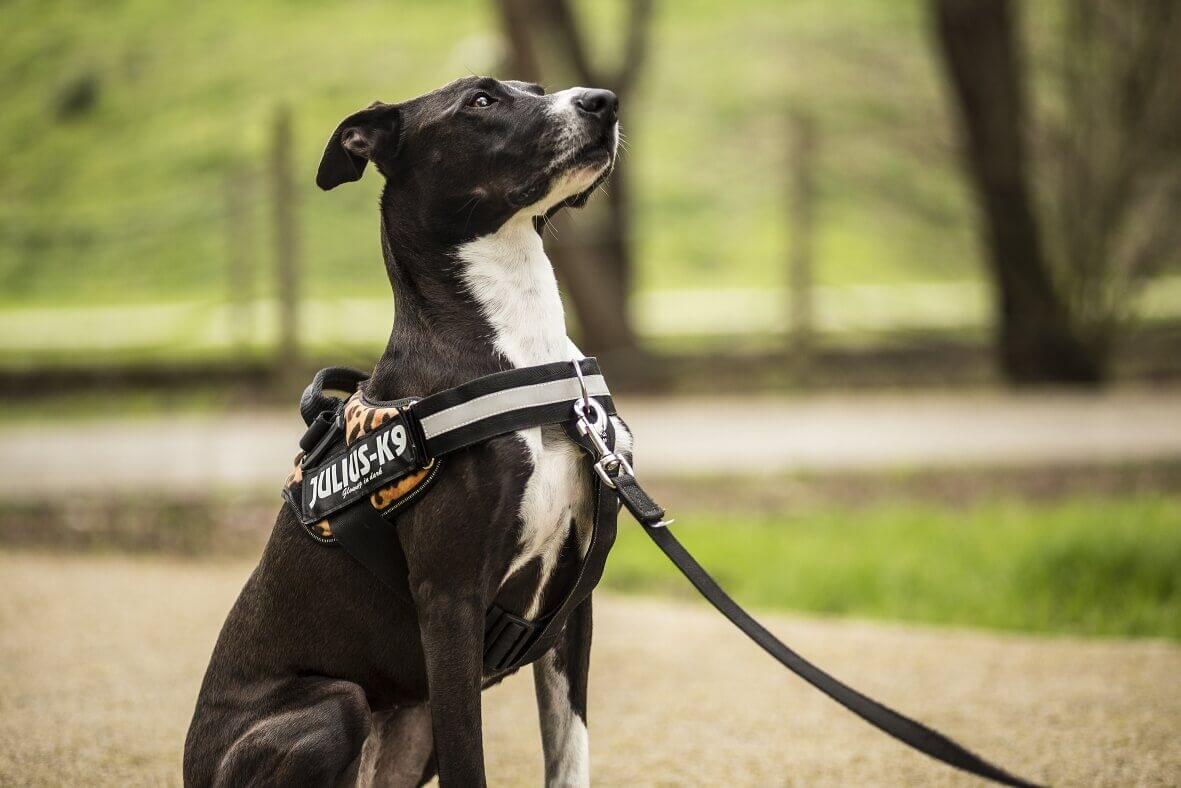
When to Start Using a Collar on a Puppy: Essential Insights
Share
As a health-conscious pet owner, ensuring your puppy's well-being is a top priority. You might be wondering, when to start using a collar on a puppy? This question is crucial for your puppy's comfort and safety. Understanding the right time and method to introduce a collar can prevent potential health issues and help your puppy adjust smoothly.

The Importance of Timing: Why It Matters
Introducing a collar to your puppy at the right time is essential. A collar is not just an accessory but a vital tool for identification and control. However, starting too early or too late can pose challenges. It is important to gauge your puppys readiness based on their physical development and temperament.
Most experts suggest introducing a collar when puppies are around 8 to 10 weeks old. At this stage, they are generally more accepting of new experiences. However, every puppy is unique, and some might require more time to acclimate. For more detailed information on collar introduction, you can refer to this article on introducing a collar.
Choosing the Right Collar: Materials and Fit
When you decide it's time to start using a collar on your puppy, selecting the right one is crucial. Collars come in various materials such as nylon, leather, and fabric. Each material has its benefits and drawbacks. For instance, nylon collars are lightweight and easy to clean, while leather collars are durable and stylish.
The fit of the collar is equally important. A collar should be snug yet comfortable, allowing two fingers to fit between the collar and your puppys neck. An ill-fitting collar can cause discomfort or even injury, so its essential to check the fit regularly as your puppy grows. For a deeper understanding of the evolution of dog collars, check out this article on the evolution of dog collars.
Health Considerations: Ensuring Safety and Comfort
Health-conscious pet owners should be aware of potential issues that can arise from improper collar use. Skin irritation, hair loss, and restricted breathing can occur if a collar is too tight or made from unsuitable materials. Regularly inspect your puppys neck for signs of irritation and adjust the collar as needed.
Furthermore, puppies are naturally curious and may attempt to chew on their collars. Choosing a durable collar can prevent potential choking hazards. For tips on how to avoid common collar-related mistakes, you might find this guide on collar mistakes helpful.

Training and Socialization: Setting the Stage
Introducing a collar is a perfect opportunity to begin basic training and socialization. Use positive reinforcement techniques to help your puppy associate the collar with positive experiences. Gradually introduce the collar during playtime or feeding to create a positive association.
Training your puppy to walk on a leash is another important step. Start with short, positive sessions, gradually increasing the duration as your puppy becomes more comfortable. For guidance on leash attachment, consider reading how to attach a leash to a collar.
FAQ Section
-
When should I first introduce a collar to my puppy?
Puppies can generally start wearing collars from 8 to 10 weeks of age. Monitor your puppy's comfort and adjust the timing as needed. -
How do I ensure the collar fits properly?
Ensure that you can fit two fingers between the collar and your puppy's neck. Regularly check the fit as your puppy grows. -
What materials are best for puppy collars?
Nylon and leather are popular choices. Nylon is lightweight and easy to clean, while leather is durable and stylish. Choose based on your puppy's needs and your preferences.
In conclusion, knowing when to start using a collar on a puppy is just the beginning of your journey as a responsible pet owner. By considering timing, fit, and materials, and being aware of health considerations, you can ensure a smooth transition for your puppy. Remember, patience and positive reinforcement are your best tools in this process. For further insights, explore more about the history of dog collars and their significance.
This article contains affiliate links. We may earn a commission at no extra cost to you.
